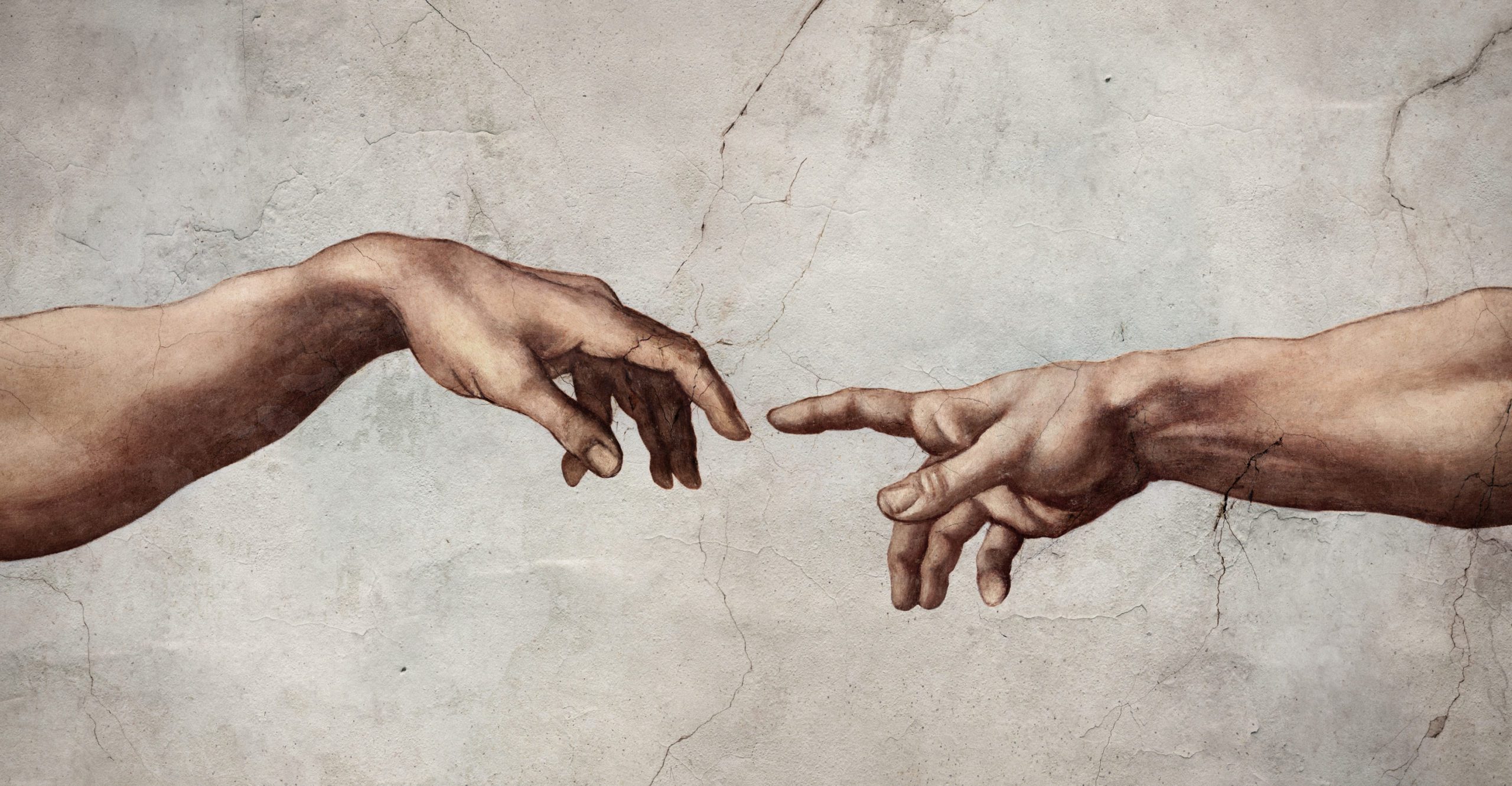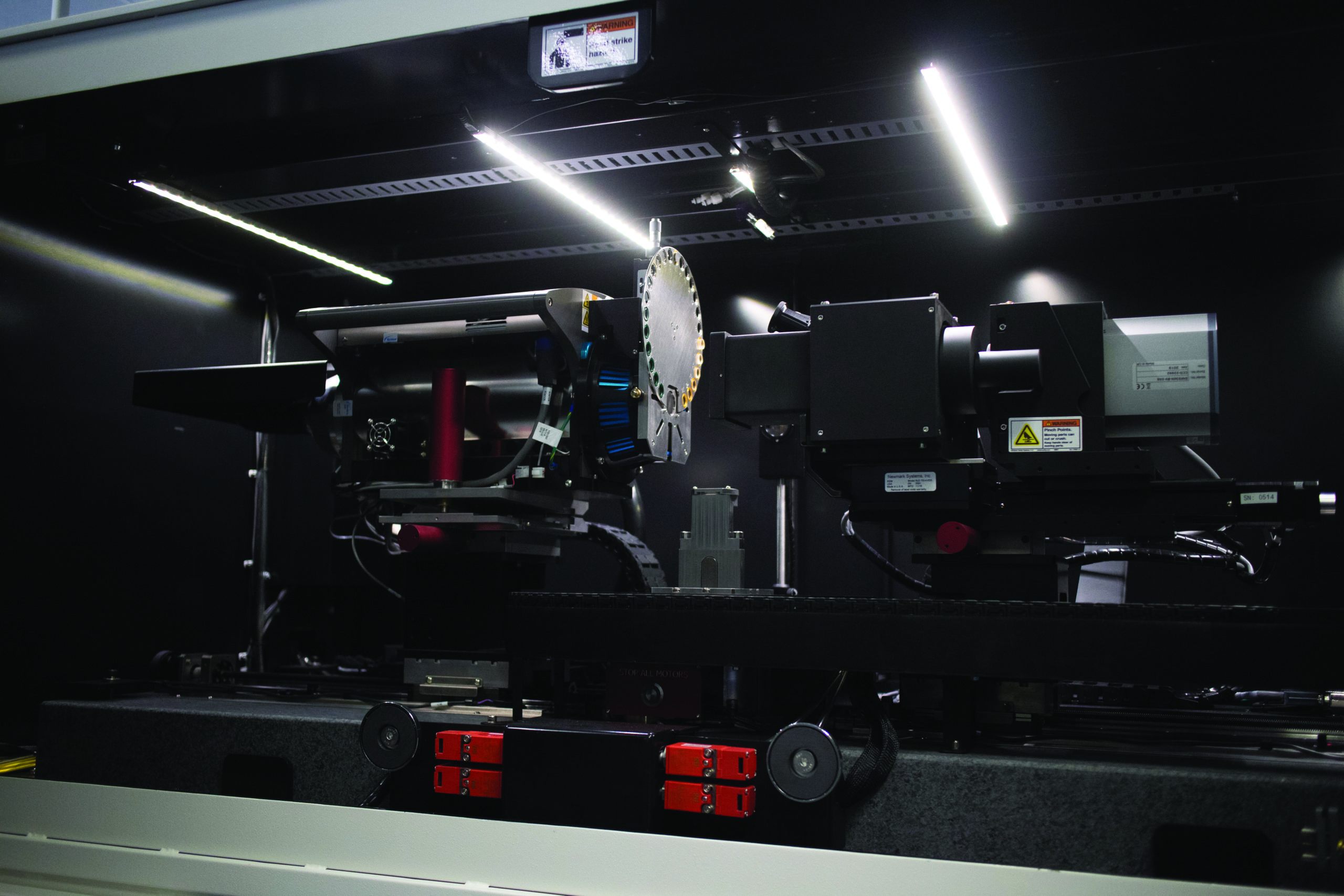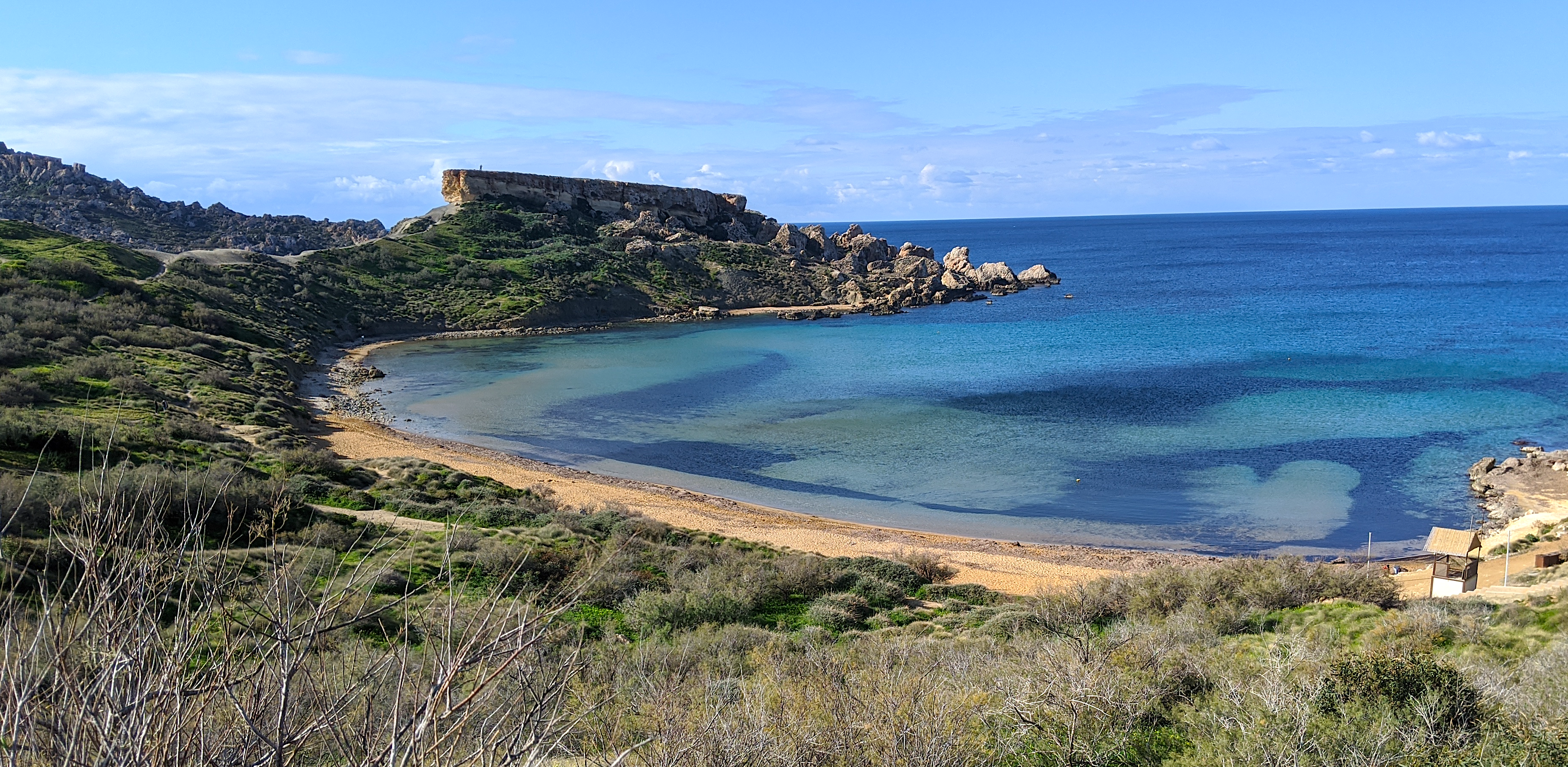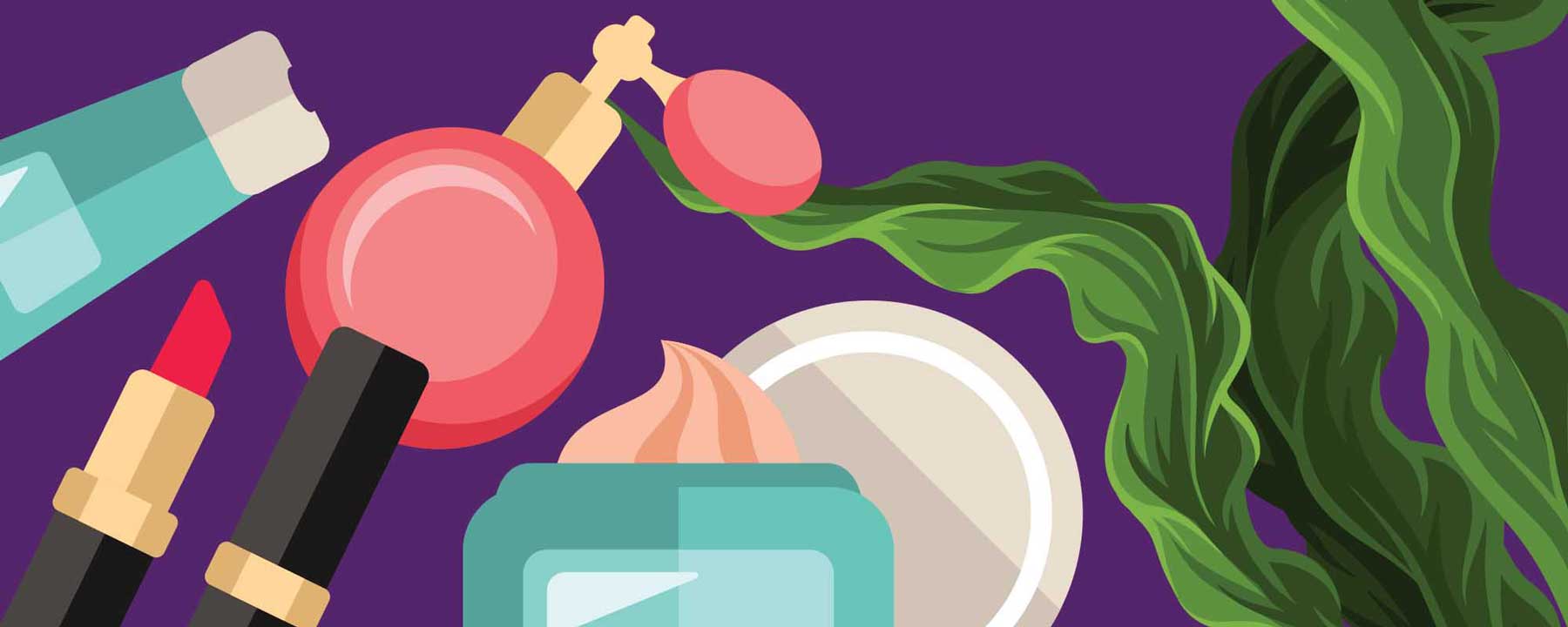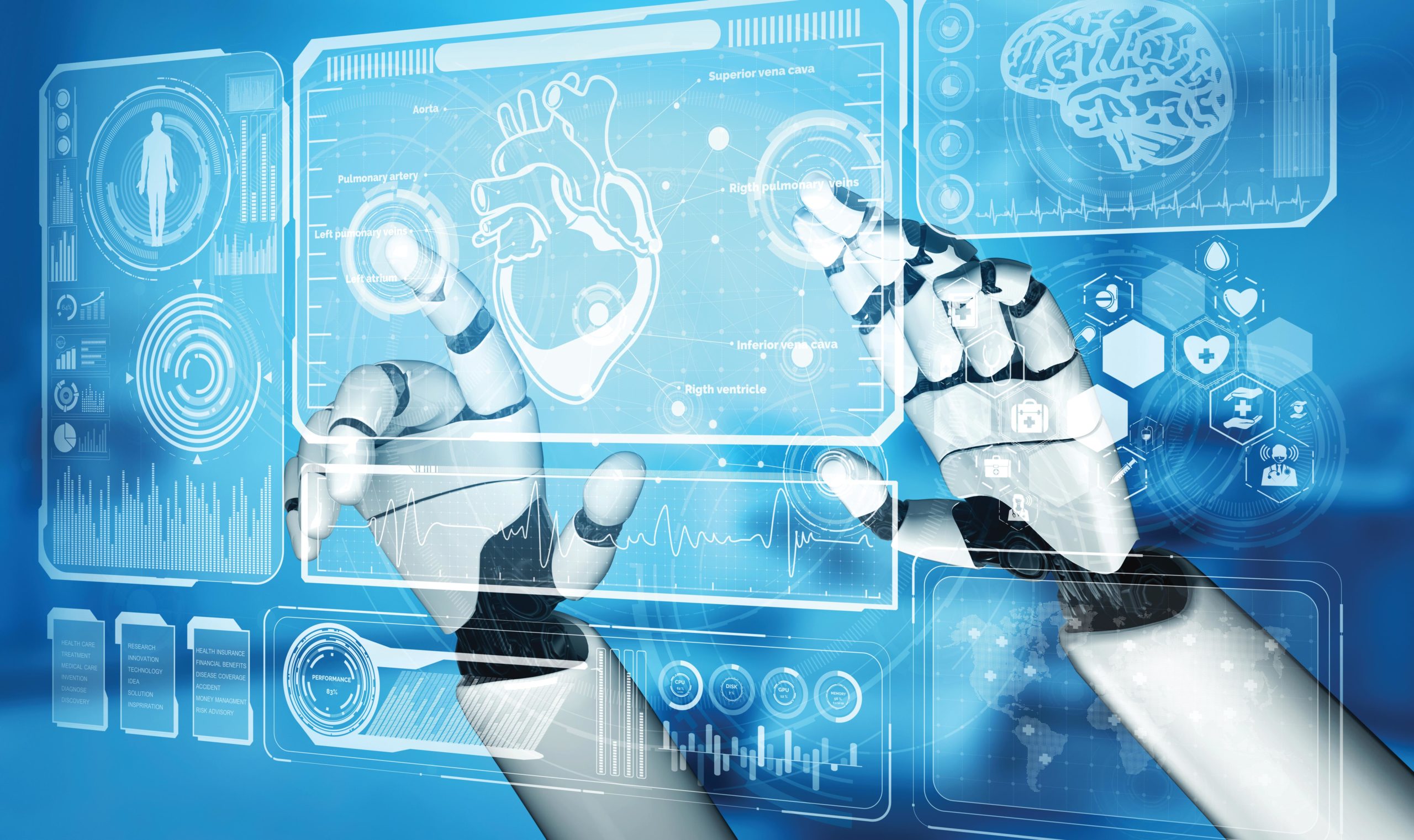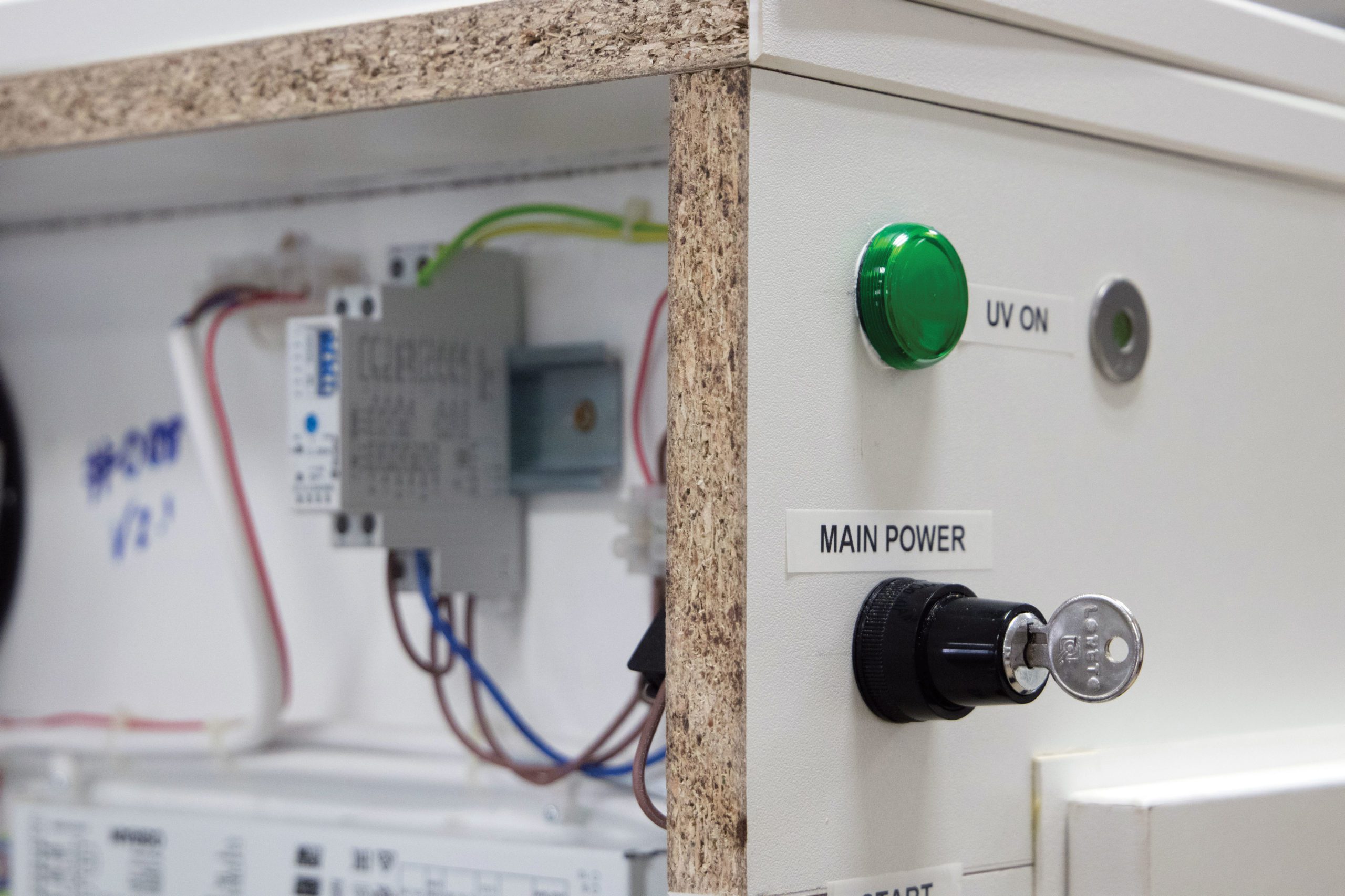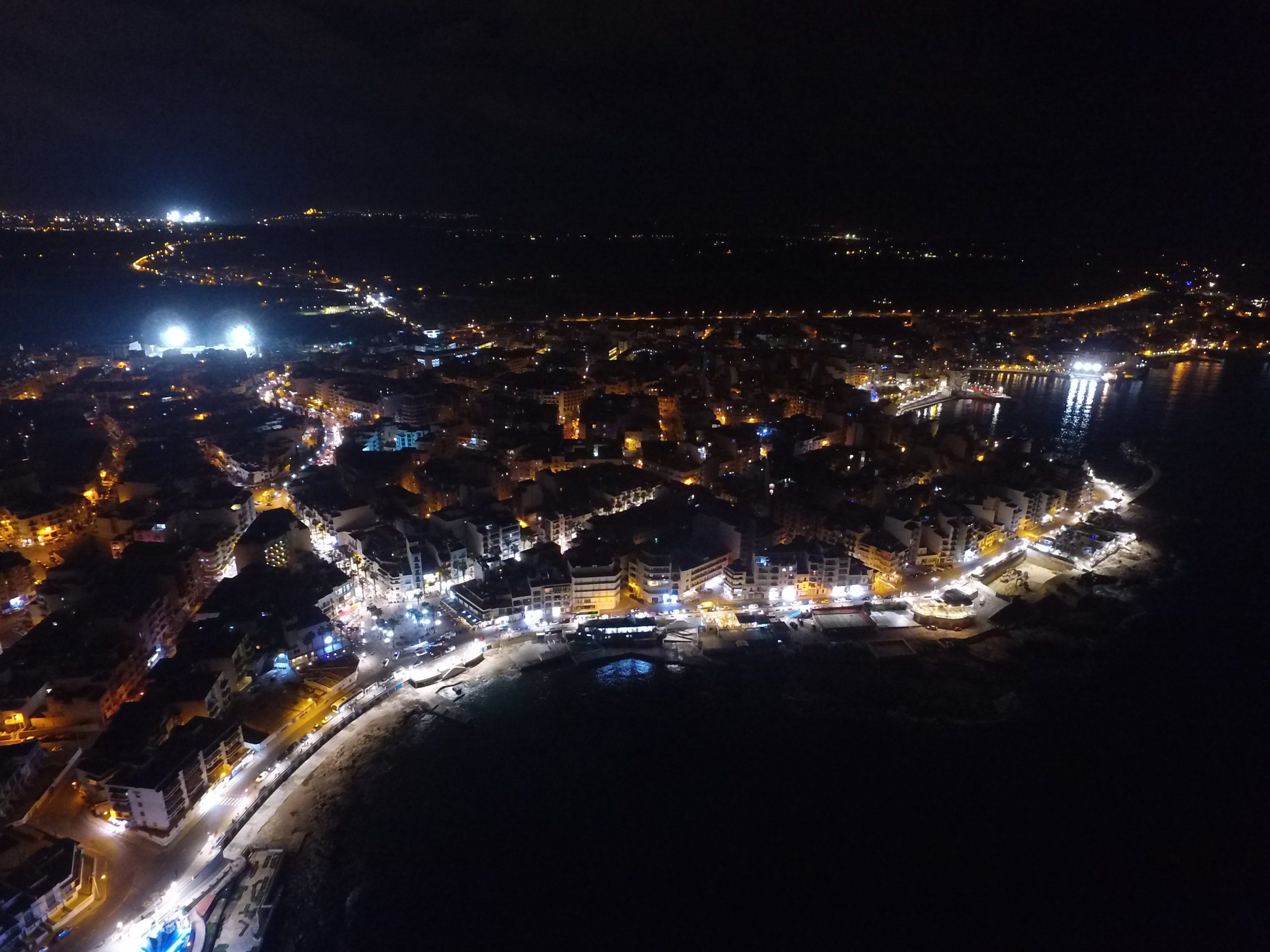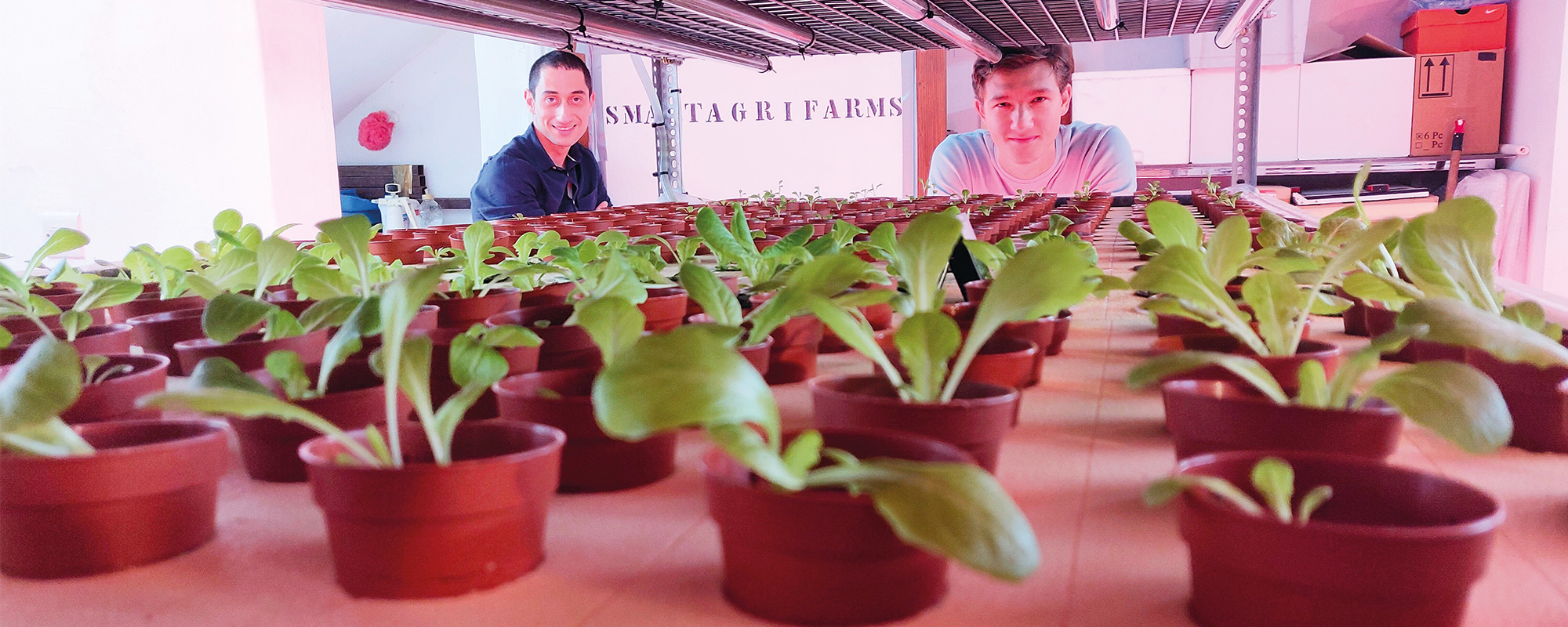University of Malta shines in Stanford Study. Seven academics from the University of Malta are ranked in the top 2% scientists in the world — quite an impressive feat for a small university!
Continue readingBeing Human?
Nika Levikov virtually sits down with Dr Sandro Lanfranco to understand what it means to be human, how our understanding of humanity has changed over time, and whether any of it matters.
Continue readingThe crystals that really heal
Crystal engineers have the power to create bespoke materials capable of advancing many scientific and technological fields. Prof. Liana Vella-Zarb and her team at PharmaTaxis use X-Ray crystallography and their knowledge of atomic blueprints to create new ways to carry medicine around the body, leading to safer, more effective treatments.
Continue readingHow DNA can improve Biodiversity Knowledge and Conservation
Every ecosystem is composed of a community of organisms alongside their physical environment. In order to better understand these ecosystems, conservation biologists from the Department of Biology, University of Malta (UM) have begun compiling a wildlife DNA barcode library that can help understand our local wildlife and give us the tools to protect it.
Continue readingHow to make beauty sustainable
Sustainability is a key concern for modern consumers, the cosmetic industry is no exception. Cosmetic brands are looking for more eco-friendly solutions for their beauty products. Antonia Fortunato interviews local start-up ALKA, which aims to grow algae to create a sustainable source of cosmetic components.
Continue readingPaging Dr. AI to Radiology
Artificial Intelligence (AI) is revolutionising the world. We have self-driving cars, algorithms determining future market patterns, and computers diagnosing disease. We believe that AI is supporting huge developments in healthcare.
Continue readingWipe your shoes and clean your mask
Face masks are the new essential accessory. Have you ever cleaned your mask and wondered if you’re doing it properly? What can front line workers do if they run out of clean masks at hospitals? Can they disinfect their single-use speciality masks, called respirators? Can they wash them like we do our cloth face coverings? Dr Ing. Marc Anthony Azzopardi, from the Electronic Systems Engineering Department, talks to THINK about how our doctors and nurses are extending their stock of speciality face masks by cleaning them in an equally special way.
While many were hoarding toilet paper for the impending apocalypse, others were planning ahead, scavenging for parts to create a machine that could sanitise face masks. The idea is to protect citizens and front line workers during the COVID-19 pandemic.
Dr Ing. Marc Anthony Azzopardi told THINK about his new invention. He has developed an electronic method of disinfecting face masks. The idea started germinating in Azzopardi’s mind in January, when some of the earliest cases began. Back then, masks started selling at €10 each. By April the price had skyrocketed to €300 — that is, if you could even find one. In Malta they were sold out!
Azzopardi spoke about N95 and N100 respirator masks, which filter at least 95% and at least 99.97% of airborne particles respectively. They aren’t usually worn by medical professionals, except when treating dangerous respiratory diseases like tuberculosis. Instead they are more routinely used by scientists and engineers when handling toxic materials and fine dusts.
These masks sit tighter against a wearer’s face, forming a seal. They are made up of several layers: an external hydrophobic layer that repels water, a stiffener layer, an electrically charged, non-woven melt-blown fabric, and finally a comfort layer on the inside. The electrical charge is applied during manufacturing. Once this charge is dissipated (through washing) the masks stop working properly.
Coronavirus is killed when washed in 70% alcohol or with bleach containing 5.25%–8.25% sodium hypochlorite. The problem is that, unlike regular cloth masks, these respirator masks cannot be washed in liquids, as they then lose their electrical charge and become much less effective at filtering particles. So how can you disinfect them after use?
Azzopardi realised that by using UV light, it was possible to disinfect the mask without affecting its electrical charge. His solution was elegant and simple: a sealed box which would store the mask and expose it to UV light from all directions — effectively creating a sanitisation chamber.
Essentially, the sanitisation chamber is an enclosure which uses a low-pressure mercury lamp to generate UV inside. Following a discussion with the Infectious Disease Unit at Mater Dei, the design evolved and was adjusted to suit the masks being used by the hospital staff.
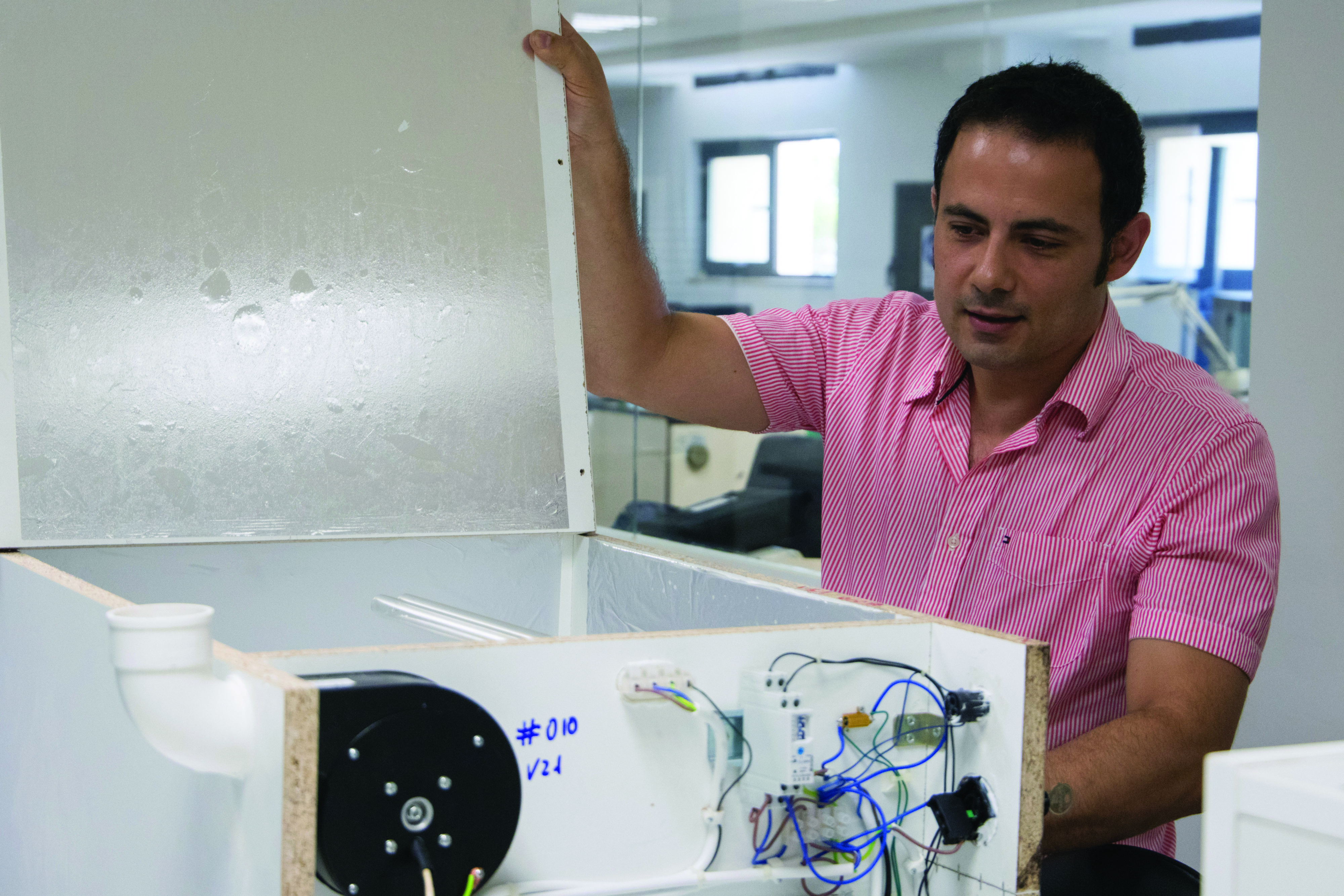
On the other side of the Atlantic Ocean, similar methods were being trialed in the US, the difference being that instead of using a box, US scientists were using a room to leave the masks hanging. The room would then be exposed to UVC through a small tower, disinfecting the face masks. Contaminated masks would be brought to this room from all over the hospital for cleaning, the hazards created by the complicated logistics notwithstanding.
Disinfection was made possible by using UV light, of which there are 3 types: UVA, UVB, and UVC. Very few organisms have evolved to resist UVC, and upon exposure, DNA gets tangled up, making it impossible for the virus to replicate in our cells. COVID-19 uses ribonucleic acid (RNA), which is also susceptible to UVC. Using UVC light at around a 260 nanometer wavelength can “inactivate” the RNA code for COVID. This makes it harmless if breathed in.
The system itself is foolproof. It prevents the user from getting exposed to dangerous UVC radiation. A timer makes sure that users leave the masks for the right amount of time. And, it tests that all of its systems are functioning before starting. When the team started building this system, they didn’t have access to UV measuring instrumentation. This meant they worked solely off calculations to get it right. However, after weeks of work, the team managed to perfect their design.
Nonetheless, face masks do not last forever. Even UV exposure can wear them down eventually, but only in large doses. You would have to get rid of your respirator masks long before the UV damage became significant, because of dirt or mechanical wear and tear breaking the mask down.
Azzopardi and his team’s efforts have helped to safeguard numerous front line workers from running short on clean supplies, and their system has earned them an award for the top solutions in response to the MDIA / Covid initiative. It is thanks to the scientific community and their efforts that we can have the technology for a safer future. However, creating that ideal future is up to all of us. Stay Safe!
Further reading
Covid-19 – Malta Digital Innovation Authority. Mdia.gov.mt. (2020). Retrieved 23 October 2020, from https://mdia.gov.mt/covid19/.
The Dark Side of Light
Modern light bulbs have illuminated our streets and brightened our homes, but there is a dark side to excess light (if you’ll pardon the pun). The negative effects of increased light pollution are becoming harder to ignore as the threat goes beyond environmental damage. It’s affecting your pockets, too.
According to the environmental NGO Birdlife, Malta is the 17th most light-polluted country on Earth, and lighting is responsible for at least one-fourth of all electricity consumption worldwide. With its high population density, Malta feels the disastrous effects of over-illumination strongly.
Financial costs
Poor outdoor lighting design results in energy being wasted, both in cost and in carbon footprint. As energy is wasted, local councils, organisations and businesses suffer from financial burdens — and so do you. According to data from the Urban Lighting, Light Pollution and Society, light pollution burdens Malta by at least €5 million. But energy use can be drastically decreased if efficient lighting is used.
When inefficient outdoor lighting schemes are replaced with energy-efficient and well-designed lighting, substantial energy savings can be enjoyed. For instance, outdoor light should be cut-off in a way that no light is directed above the horizon. This ensures light is directed to where it is needed, without wasting energy and polluting the skies.
Savings can be further increased by switching off and dimming lights at night. These measures can eventually lead to an energy reduction of up to 60 per cent.
Human health
The increase in artificial light at night can seriously damage our health. Being surrounded by light “tricks” our brain into thinking that it’s still daytime. Being surrounded by bright lights (such as from urban areas or our electronic devices) late into the night might actually affect our circadian rhythms – and there is reliable evidence that the artificial extension of the day produces serious adverse consequences to human health.
Exposure to light at night suppresses the production of melatonin (a hormone that regulates the sleep-wake cycle) which seems to have an influence on coronary heart disease. When it comes to lighting with a high blue component (such as LEDs and digital screens), this disrupts normal melatonin rhythms, commonly leading to insomnia, stress and increased susceptibility to other medical conditions, including cancer.
Seabirds
But perhaps the biggest toll of light pollution is on the environment, sea birds specifically. To shine a light on the value of seabirds, Intechopen shows that the waste produced by seabirds, also known as ‘guano’, could be worth millions. Seabirds play an important role in the distribution of natural nutrients to marine ecosystems, and their faeces can be used as a commercial fertiliser.
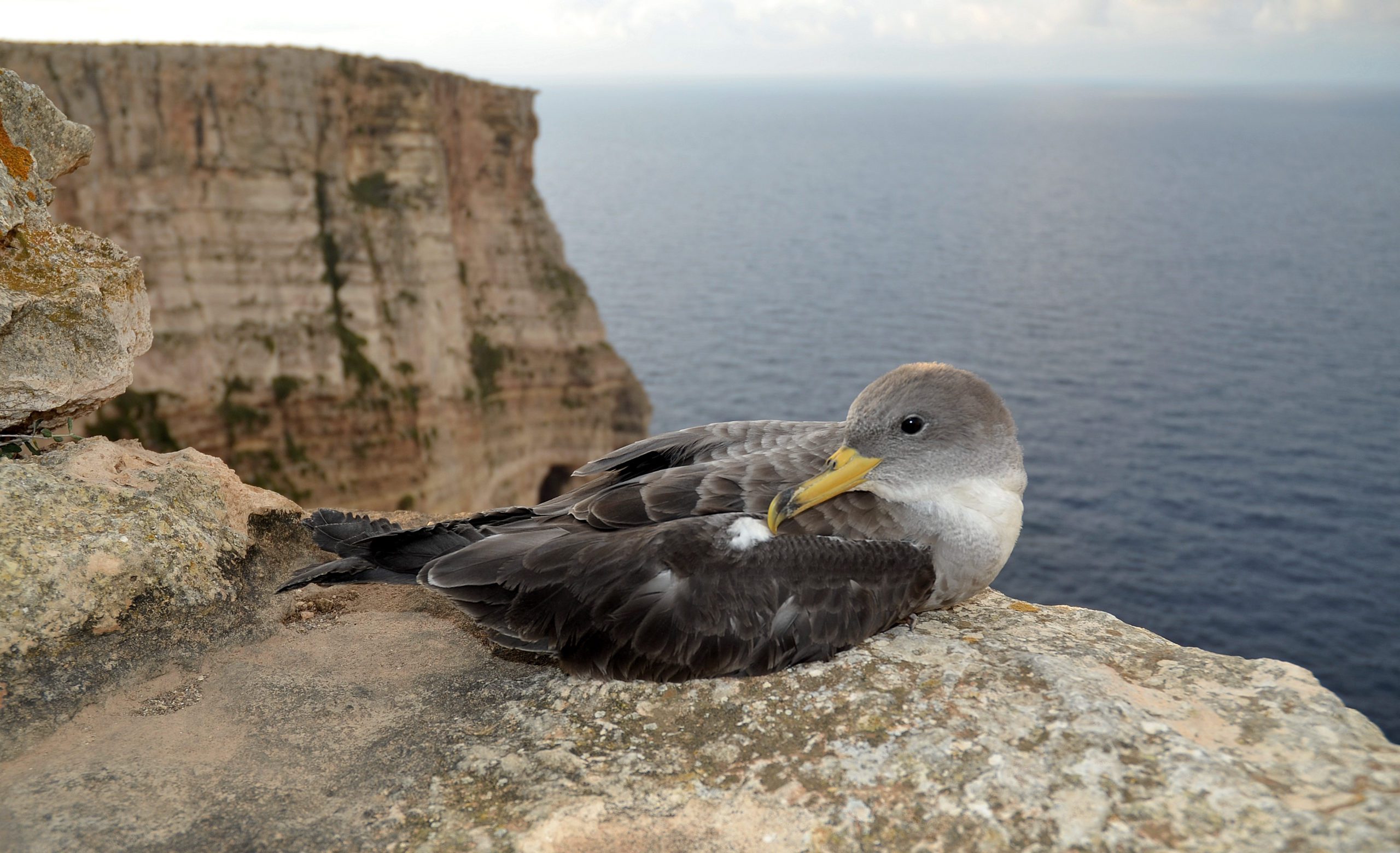
Ten per cent of the global breeding population of the Yelkouan Shearwater live in the cliffs and islets of Malta. The Maltese islands have been home to seabirds for thousands of years. Today, about 2000 Yelkouan Shearwaters reside on the islands. Other shearwaters, such as the Scopoli’s shearwater, and European Storm-petrels also breed in the Maltese islands.
These birds are most active during nighttime when adult birds return to attend their nests. Due to light pollution, these species lose their orientation and can get stuck on land. Artificial light is also responsible for a number of deaths, as it stops adult birds from returning to their nests. Reduced adult attendance means nests and chicks are vulnerable to predation, exposure and can end up starving to death.
Shearwaters and storm-petrels take up to five years to reach sexual maturity. They lay just a single egg per year, which is a reflection of a large investment of resources. Should the nest fail at any stage, they will not be able to lay a second egg. The degradation of the breeding habitat and the increase in the natural mortality rate of young birds can have serious consequences on their populations. If this situation is left unchecked, the number of stranded fledgelings is expected to rise.
Solutions
The good news is that light pollution can be reduced fairly easily. Measures that can be taken to fight light pollution include:
- Using light only when and where it is needed;
- Using light only when needed;
- shielding lights properly;
- Using energy-efficient bulbs;
- Using the right bulbs for specific jobs can drastically decrease energy waste;
- Using lighting schedules;
- Keeping the intensity of light low, as well as using LED light responsibly and directing light to where it is needed.
Malta’s biggest environmental NGO Birdlife recently launched guidelines for ecologically responsible lighting. The guidelines aim at protecting the nocturnal environment of the Maltese Islands from light pollution for the benefit of both seabirds and humans and include specific requirements for good lighting design.
Birdlife’s guidelines provide plenty of suggestions to use light in a sustainable and ecologically friendly way. The guidelines also encourage the implementation of management actions during the breeding season and switching off lights during fledging seasons.
Do you want more info on how to save energy and make a change? You can read the full list of guidelines here.
We also have plenty of other articles about light pollution, which you can find here and here. If you want to find out more about seabirds – we have a fantastic article here too!
Further Reading
Crymble, J. (2020). Guidelines For Ecologically Responsible Lighting. Retrieved from https://birdlifemalta.org/wp-content/uploads/2020/07/Guidelines-for-Ecologically-Responsible-Lighting.pdf
Falchi, F., Cinzano, P., Elvidge, C., Keith, D., & Haim, A. (2011). Limiting the impact of light pollution on human health, environment and stellar visibility. Journal Of Environmental Management, 92(10), 2714-2722. https://doi.org/10.1016/j.jenvman.2011.06.029
Meier, J., Hasenöhrl, U., Krause, K., & Pottharst, M. (2014). Urban lighting and light pollution (1st ed.). Routledge.
Schnug, E., Jacobs, F., & Stöven, K. (2018). Guano: The White Gold of the Seabirds. Seabirds. https://doi.org/10.5772/intechopen.79501


